Yep, you read it right! Gilles Milot has created the world’s first production loudspeaker that uses glass cones. I know, I know, I thought exactly the same as you and questioned whether this Gallic loudspeaker manufacturer had been on the Ricard…or perhaps something a little stronger. But no ladies and gentleman of the audio loving brother and sisterhood, he reckons that this is a logical step forward for his E2 loudspeakers. 
If I may I’ll take you back a couple of years to when Linette and I had the pleasure of reviewing the Leedh E2 loudspeakers with normal cones. Now the word normal is not something that sits easily when describing these speakers! They look like nothing else ever produced and despite their outlandish appearance manage to pull off a sonic performance that is quite astounding, particularly when partnered with their matching subwoofers. Despite their insectoid facade, we both loved them and have both said that if and when we have to downsize in the dim and distant future then these will be on our shortlist…unless something else happens along that whets our aural appetite.
During High-End we had the chance to hear the very same loudspeakers we’d had in our home but with the new glass (yes, it takes some getting used to saying it believe me!!) cones and the sound was quite remarkable. I’m not going to pretend that we could have formed a particularly valid standpoint from our short time with the speakers and in less than ideal circumstances, but they sounded rather nice… bloody good in fact. Better than the older versions… it’s difficult to say without hearing them in more familiar territory, but things look very promising for Mr Milot!
Hifi Pig got a chance to have a look at the cones in question and they’re pretty unremarkable looking, even if the science that’s gone into producing them is! They’re not cold in the way glass is and they are quite flexible in the way that glass isn’t traditionally meant to be. Not actually that flexible though, as I found out when I tried to double the cone over on itself betwixt thumb and forefinger to the point it snapped into several shards…sorry Gilles!
We also got the chance to have a bit of a chat with Gilles and press him on a few matters.
Stuart: Your E2 loudspeakers look extraordinary and technologically are quite a departure from the norm, would you explain to Hifi Pig readers the mechanics and thinking behind them.
Gilles: From 1975, I developed LEEDH speaker line from conventional technologies always with the same problems of distortions and colorations coming from the electrodymic motors, from the suspensions, from the cone and dome materials and from the cabinet.
So, in 2006, when I created my new line of products, (in beginning with the LEEDH C) my will was very strong to give up these current technologies with their inherent genetic defects.
It’s why I used the innovating technology of the Ironless motor to eliminate all the kinds of distortions coming from the Iron of the more conventional current motor and the suspension using ferrofluid to eliminate the spider and the speaker surround which is the main cause of the parasite modes, colorations and distortion at low frequencies.
These two new technologies allowed me to also eliminate the cabinet of the current speakers and so to concentrate all the budget for the loudspeakers’ “drivers” themselves.
Stuart: Sonically, how would you say your Leedh E2 loudspeakers differ from more conventional speakers?
Gilles: The targets of the two innovating technologies are to eliminate the genetic defects of the conventional loudspeakers by “simplifying” the physical working of the loudspeaker. For example, by eliminating the iron in the electrodynamic motor we eliminate all the complex magnetic phenomenons such as eddy currents, flux modulation, inductance variation and hysteresis effect which create all sorts of distortions.
It’s the same for the ferrofluidic suspension which allows the free displacement of the membrane without constraints and without mechanical limits like in an academic model.
All the distortions and colorations of the conventional drivers used in conventional loudspeaker give the sound character to them. The art and the know-how of the creators of current speakers is to choose these distortions and these colorations to create the illusion of the musical reality. The result of this work is to give the illusion that the musicians play on your instruments in your room…and that could be very pleasant! So the work of the hifi reviewer is to describe each speaker by defining the qualities and the defects of its interpretation of the music through the sound of a virtual instrument. However, the approach of the development of the LEEDH speakers is totally in opposition to the conventional loudspeaker and conventional thinking.
This development is not artistic, but tries to be only technically objective and rational:
To eliminate the main distortions of the loudspeakers and eliminate the character of the speaker. It makes the speaker indefinable, it makes the speaker silent! As if you have eliminated the speaker link in the system!
So it’s not easy to promote such speaker or for the hifi reviewer to describe it, but it’s the LEEDH concept of what is true high fidelity: to eliminate the “sound” of each link of an audio system and get closer to the truth of what is present in a recording!
We think that it´s the only way to access to the reality of the universe of the recording and to the emotion of the musical evidence and so to have the illusion that you are in the recording room to listen to the musician playing on HIS instrument not on YOUR instrument (your loudspeakers).
It’s why for us the main quality of an audio system is to change the sound of each recording as little as possible!
Stuart: Your latest loudspeakers are an even more radical departure from the accepted norm and use glass divers. Tell us about why you have chosen to use glass.
Gilles: Thanks to our know-how and our long experience of diaphragm materials used, we know that each material has its own “colour” of sound… it´s like a signature. This colour depends a lot of the torsion modes (twist modes) of the diaphragm. These modes modify the response curve of the loudspeaker very little and this is why they are not generally taken into account. They exist from the low frequencies with the modes of the spider and of the surround and from some hundreds of hertz with the modes of the cone or of the dome. The energy of the torsion modes causes a ringing of the membrane and so they are audible…like a parasite reverberating the sound of room.
The classic bending modes appear at higher frequencies than torsion modes, up to five hundred hertz and they modify the response curve and are audible like a specific equalization with distortions. They also depend on the material properties, but a lot of the geometry of the diaphragm also.
The “sound” of each material is in relation to its composition at the scale of their molecules or of their atoms. Generally the diaphragm materials are organic, polymeric or composite… macromolecular, metallic or ceramic with crystal structure. These structures are very complex and organized so it’s hard to imagine that such structures could be inert and non-resonant.
But there is another state of material: the amorphous state.
In this state the structure of a solid material looks like that of a liquid, that is molecules are not organized in lattice.
This structure is intrinsically inert and non-resonant.
There are some exotic polymers, metals and ceramics which could exist in amorphous state but the most classical material is the GLASS.
The resonance effect of a glass object is obvious but this resonance is very pure and very easy to dump, make the experience with a glass of champagne!
We worked for several years to discover a process to realize 2″ dome diaphragms in glass.
It is very complicated for shaping a dome in glass with a thickness of 0.1mm (0.04″), there was none existing process and our current process is very complex and expensive.
It is not easy to describe with words the sonic advantages of the glass compared with conventional materials, the best is to listen it, but the fact to eliminate the parasite reverberating sound of room reveals all the differences between each recording which makes the music more interesting that the sound to take advantage completely of the talent of artists and of the sound qualities of their instrument without question.
Stuart: You mention that each material has its own sound or colour. How would you describe the sound/colour of glass. Secondly, how do you think the buying public will react to glass being used as the diaphragm as it is such a departure from the norm.
Gilles: The interest of the glass because of its specific amorphous state is not to accumulate the energy of the bending (torsion) modes so not have the parasite reverberating sound of room. My first benchmarking test of the glass is very enthusiastic because it seems that the audiophiles want real innovations that they can appreciate with their ears not only with their eyes…
Stuart: We visited a Jazz evening in nearby St Brieuc a few months ago and noticed that you had an amplifier you had built there but clearly in a prototype stage. Is the amplifier going to be a commercial product and if so when can we expect it to be available to the public?
Our amplifier is still in prototype stage.
To create a new product is a very long task because it’s necessary to make a lot of trials of electronic designs, of types of components, of microphonic effects elimination, of tuning and listening tests.
Our target is not to offer the market just another amplifier…I want more than that! This amplifier will be available to the public when it will be the best to drive the LEEDH E2 Glass and we hope to reach this target end of 2016.
Stuart: Can you tell us more about the design of the amplifier?
Gilles: You are, Stuart, originally the spark of our concept to produce a new amplifier when you suggested that we listen to a specific amp of Chineese origins. You had tried this low cost amplifier of 50W and found it is able to drive the LEEDH speaker with an interesting level of fidelity. This was an integrated amplifier using the Texas Instrument LM3886 chip.
This component is well known by the Japanese esoteric audiophiles who use it for their great horns systems if the single-ended tube amplifiers of 8W are not powerful enough. So this component is able to offer the best specific sound qualities of both single ended tube amplifiers and of the electronic/solid state amplifiers.
Our job was to optimize the use of this component through original electronic and mechanical solutions and by associating several of them to obtain much more than 200W.
More High End New and reports right here.

















































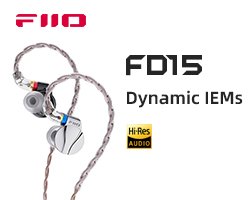
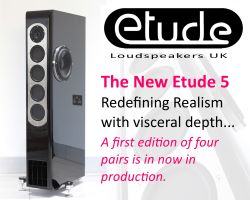
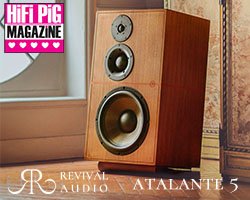
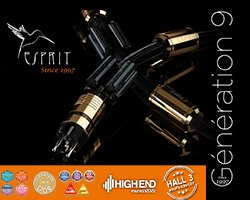

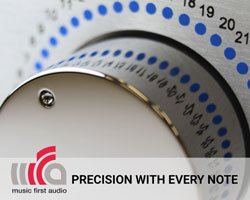
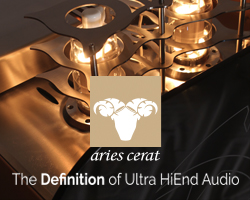
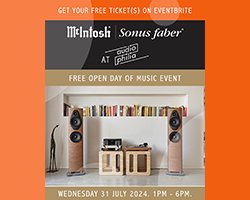

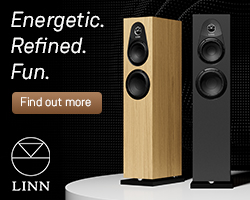

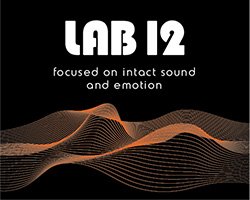
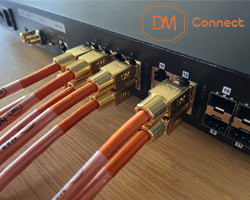
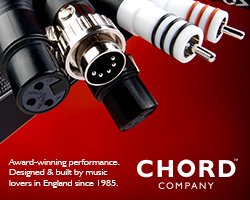

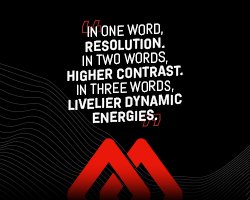

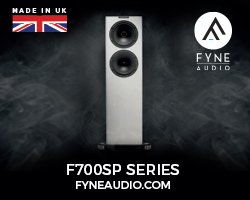
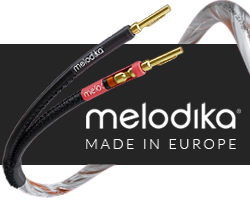
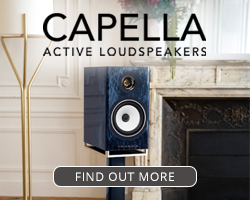
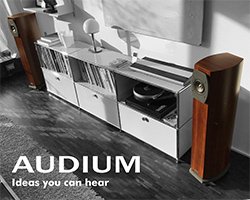

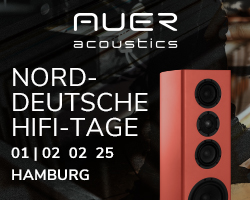


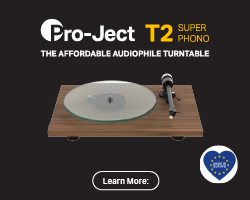
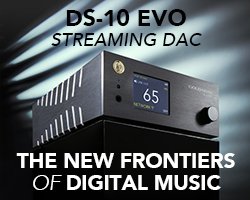
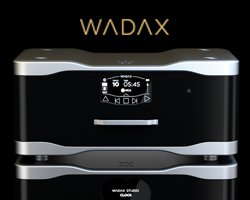
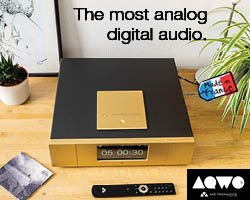
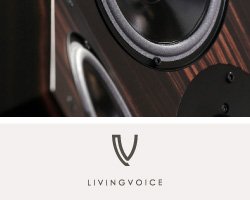
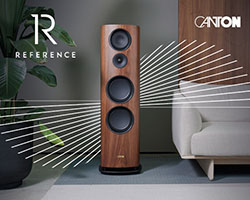
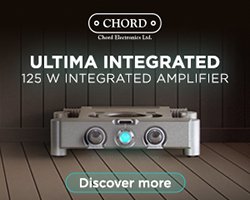


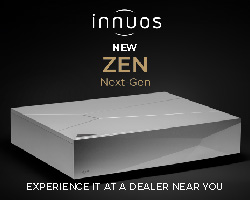

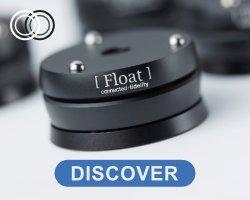
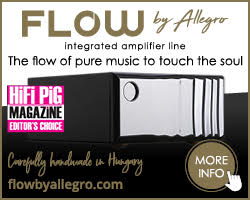
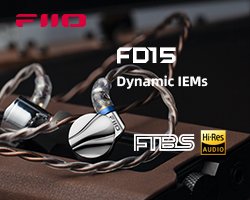
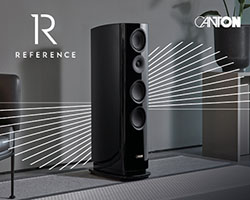
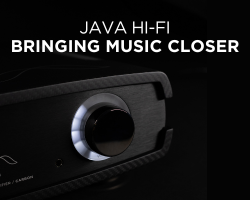

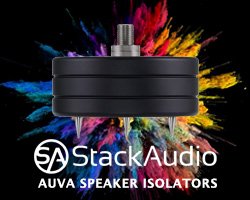
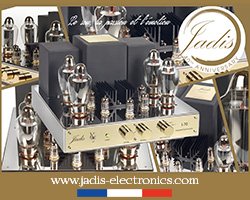
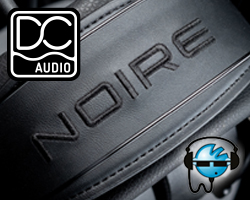
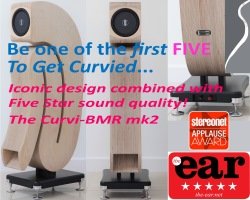


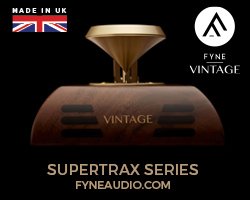
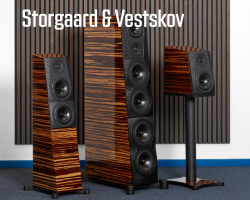
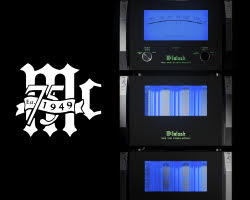

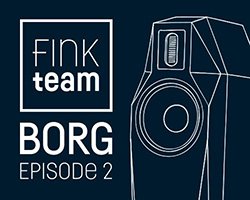
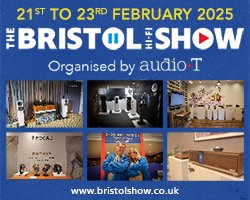
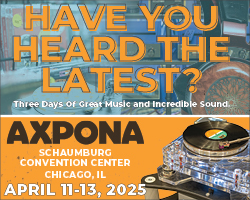
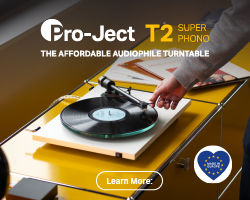

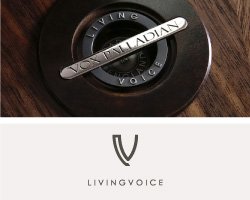
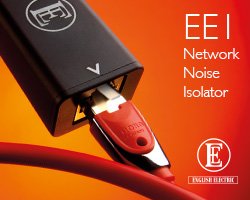
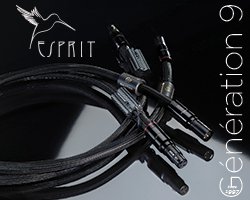


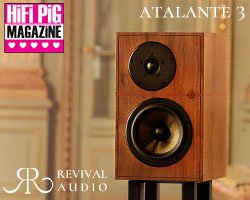

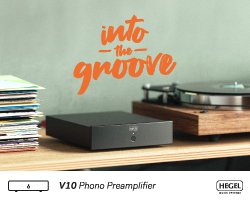

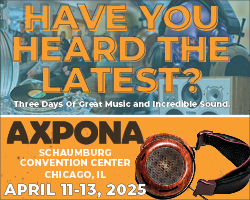
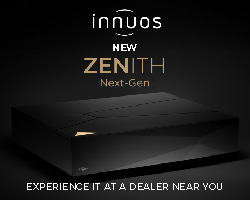


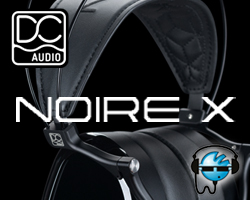
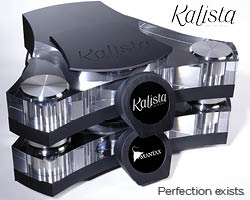
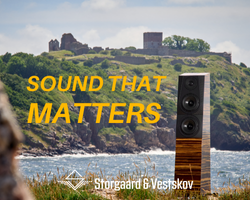
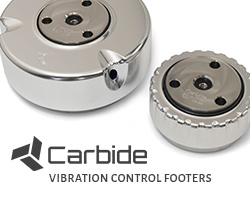
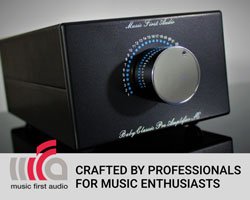












































You must be logged in to leave a reply.